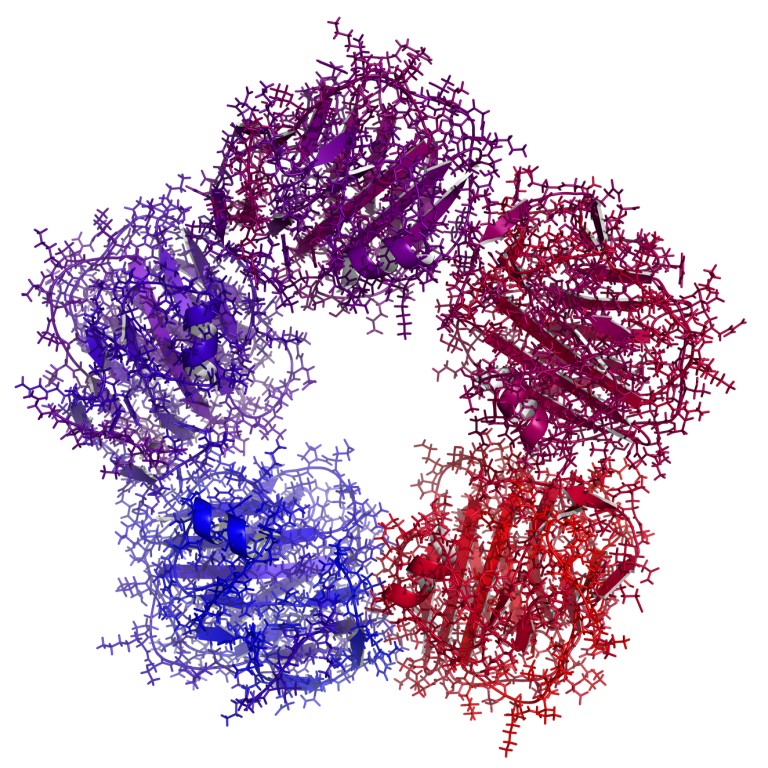
Quest for cheap, easy medicine monitor may be over as scientists develop simple home dosage test
Colour-coded system using camera may end quest for cheap, easy pill dosage monitor
Scientists have created a molecule that glows red or blue, depending on drug levels in blood, as the basis for a home test to prevent patients accidentally overdosing.
After contact with a drop of blood, the molecule's colour could be observed with the aid of a digital camera, its Swiss and American developers wrote in the journal .
"The process does not require any laboratory instruments and is so simple that the patients can do it themselves," Rudolf Griss from the Swiss Federal Institute of Technology in Lausanne said in a video explaining the invention, which is being refined for commercial use.
People who use medicine for conditions such as cancer, heart disease and epilepsy, or immunosuppressants to prevent organ rejection after a transplant, risk possible poisoning from overdosage, or the drugs not having an effect if the dose is too small.
But tests to monitor dosage are expensive, time-consuming and have to be done by trained experts.
A cheap, easy method has long been sought to monitor drug dosage at the patient's home or bedside, especially in remote areas where there are limited medical services.
The new molecule "can measure the exact concentration of drug in a patient's bloodstream, giving an instant result", Griss said.
The sensor molecule has four components. They are a receptor protein that binds to a molecule on a specific drug, a small molecule that is similar to that on the target drug, a light-producing enzyme called luciferase and a fluorophore molecule that can change the colour of the light emitted by the luciferase.
When there is no drug around, the receptor and the drug-like molecule within the system bind together. In so doing, they also pull the luciferase and the fluorophore closer together, and the whole produces a red light.
When there is drug in the blood, however, the receptor prefers to bind to the real thing and pushes the synthetic, drug-like molecule away. This also separates the fluorophore from the luciferase, and the unit burns blue.
"All you need to do is take a drop of the sample, you put it onto a piece of paper, you put the paper into a dark box and you take a picture with a normal digital camera," Griss said.
